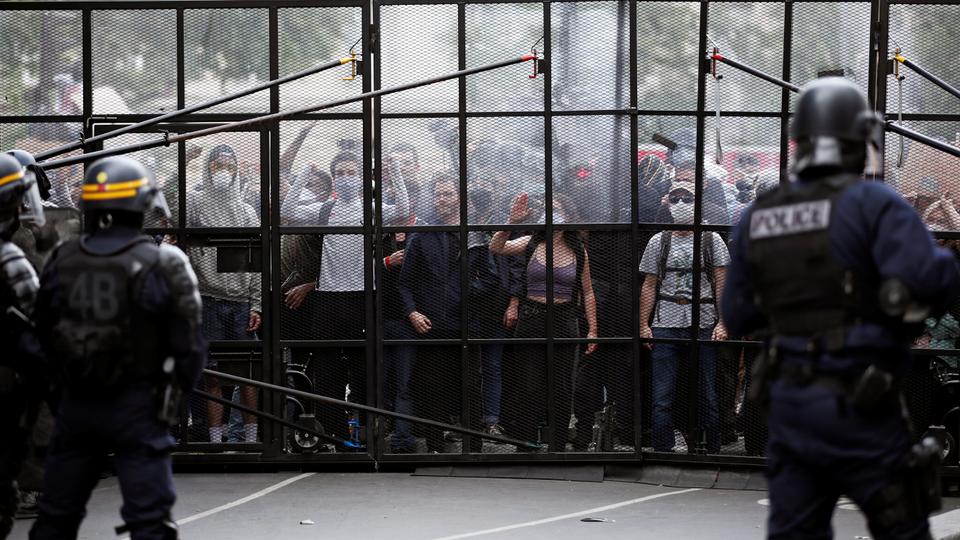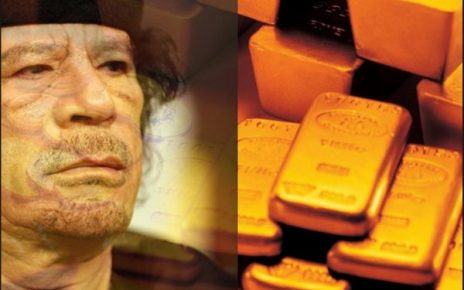Kazakhstan’s riots, beginning just after new year’s Day have been called a failed color revolution and may have posed a threat to a number of regional powers, but how true are the claims that this was an anti-Russia Western conspiracy?
The Collective Security Treaty Organisation (CSTO) quickly mobilized in the wake of violent protests in Kazakhstan. It began over a hike in fuel prices in the city of Almaty, with Russia, on the request of Nur-Sultan, sending its military to defend the country. Many commentators in the Western media then began condemning Russia’s action as if it were an invasion and giving favorable coverage to the violent uprising. On January 5, the demonstrations and riots turned into something much darker, which is what really sparked such quick intervention as armed militants arose.
Kazakh President Kassym-Jomart Tokayev also gave a shoot to kill order, as the violence escalated, in order to quell a growing insurgency and riots. There was also the presence of armed militants, which reportedly opened fire on Kazakh military forces. At least 12 Kazakh security forces were killed, along with dozens participating in the uprising. One of the most gruesome incidents reported, however, was the alleged beheading of two Kazakh officers by insurrectionists.
Kazakhstan’s President called the uprising an attempted coup, whilst Russia openly referred to it as a color revolution controlled by foreign powers. Although there was no official finger pointing at which nations were involved in the color revolution, according to Russia’s account, many commentators have pointed fingers at the United States.
Roughly one third of Kazakhstan’s population are ethnic Russians, the country was also a former Soviet nation and the nation is most certainly in the Russian sphere of influence. For Russia, trade routes, trade itself, security cooperation, resources, and more, are at stake in the event that Kazakhstan descends into civil war. With the current threat on its borders in Belarus and Ukraine, which are most certainly backed by NATO, there is growing suspicion of a NATO influence on the events that erupted in Kazakhstan.
This line of thinking would certainly make sense, as tensions and conflict in the country — no matter the reason or powers behind it — could potentially pose a real threat to Moscow. Especially if militant Islamic Takfiri cells were to be activated, fueled and promoted by NATO secretly. If this Takfiri ideology arises in Kazakhstan, it may also spread to other States surrounding Russia and inside Russia itself. So from a security point of view, allowing any dissident revolutionaries to grow could turn into a trend. Islamic extremists backed by the West, as were used in Syria, would be the worst of all to become active, as their ideology could easily spread.
Kazakhstan, holds over 12% of the world’s uranium resources and as of 2019 produces roughly 43% of the planet’s uranium. Kazakhstan is also rich in Hydrocarbons. In May of last year they announced that they had found their largest hydrocarbon reservoir since the country’s independence.
Kazakhstan is also tied to China’s belt and road initiative, in fact it is a key country in the Chinese ‘New Silk Road’ project. Although Beijing’s influence isn’t as significant as that of Moscow’s, the push by Kazakhstan’s government to diversify its economy and develop its rail, as well as transportation infrastructure, provides it with a great incentive to align itself with China. China on the other hand would like to develop its bilateral relationship, in order to get greater access to the country’s resources, and has reportedly invested over 20 billion dollars in Kazakhstan since 1991. Reports indicate that 30% of all oil extraction in the country is conducted by the Chinese, with almost half of Beijing’s investments in Kazakhstan being related to oil and gas.
Additionally for Iran, another country opposed to the West, Kazakhstan is a friendly State which borders in the Caspian Sea. In 2017 Nur-Sultan and Tehran agreed to the purchase of Uranium ore — for energy purposes — subject to UN approval. An announcement was made last year, that there would be an aim to bring the trade between both nations up to 8 billion dollars annually. Iran also made an agreement in November to boost cargo trade between itself, Kazakhstan, and Turkmenistan via railroad infrastructure. So it is no shock that Iran has called for calm and is condemning foreign influence in the country — specifically from the West.
All this being said, Neoliberal reforms in the country have gutted the Middle Class and due to a fall in the number of jobs available, especially in oil-producing areas, combined with a large number of layoffs and price hikes in late 2021, it is no wonder that people were genuinely angry. On January 2, protests began in the Mangistua region, in the West of the country, which is an oil-producing area. The demonstrations were said to have been sparked and spread across the country over the rise in fuel prices, which had doubled.
The protests turned into riots and a list of demands were drawn up, demanding a fall in fuel prices, as well as a number of reforms including the resignation of government officials. Although the government did end up caving under the pressure and lowered fuel prices, the demonstrations and riots continued.
This element is key to understand, as legitimate public anger was a strong element in the uprising, regardless of how this was taken advantage of or whether a large element of it was planned in advance. To simply undermine the legitimate struggles of the people of Kazakhstan would be a grave mistake, as the job market is primarily centered in the oil sector in many areas and the country’s balancing act of foreign-policy has caused it troubles internally. 70 % of all the country’s oil and gas already eventually makes its way to the West and is sold to Western powers. Its relationship with the US-EU bloc is already strong, although this alignment is not as strong as it is with Russia for instance.
This does not mean that there are no interests in bringing down Kazakhstan for NATO. There are many benefits to bringing the country to a state of war and attempting to sway a future government over into the Western sphere of influence. But at the same time, it would be unfair to the people in Kazakhstan to paint a black and white picture here. Russia has its strategic goals in Kazakhstan, which it sees as a sort of younger brotherly State with which to further strengthen itself and has many military bases inside the country.
Although it is not clear exactly what has happened in Kazakhstan, in terms of documented evidence to support one narrative or the other, it is clear that repressive violence was used by the State — as has been done many times before — whilst groups of armed rioters and insurrectionists committed their own atrocities. It is a positive thing if the situation now continues to de-escalate, because all the elements were there for a Syrian-civil-war style uprising backed by the West, which never ends up serving the people’s best interests.






Great article Rob. I stopped watching every single news but Tlav, i didnt even know there was something happening in there.
Supposedly Israel is diplomatically connected to Kazak. Equally, Israel has a big connection to Ukraine. Given how much our US foreign policy is controlled by NEOCONS and ZIONISTS maybe there is a connection? is a co